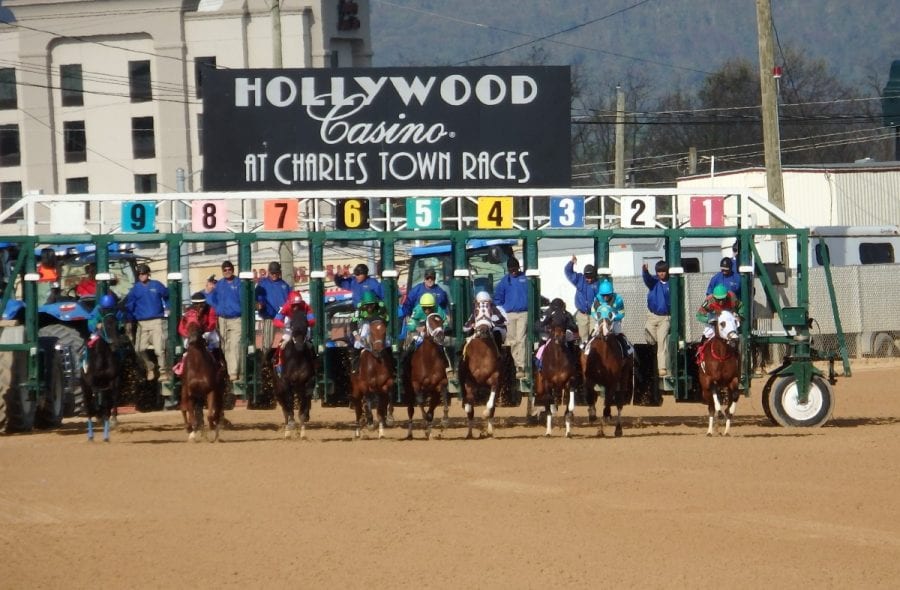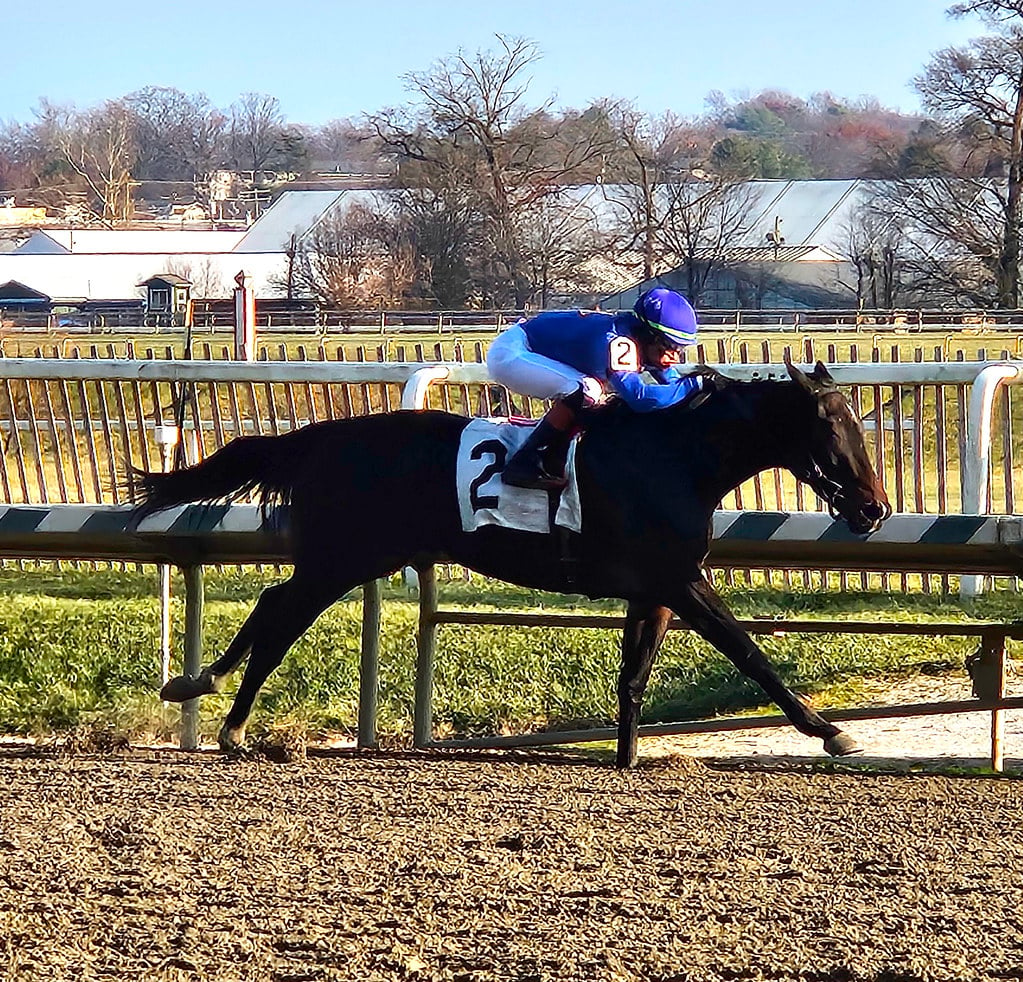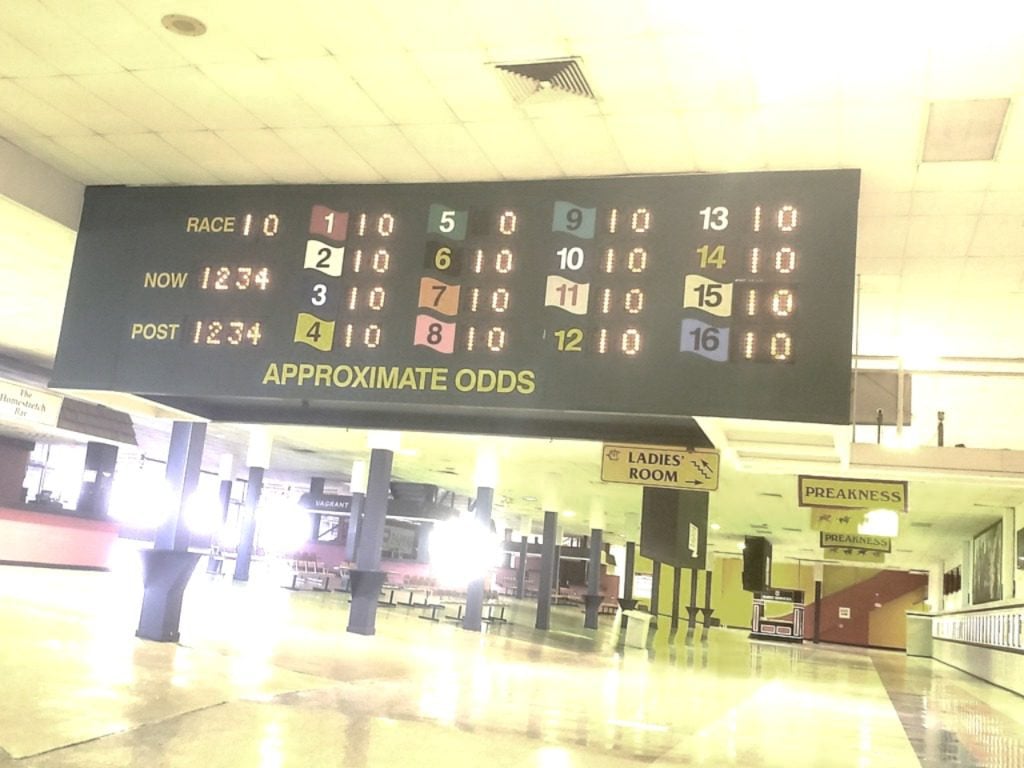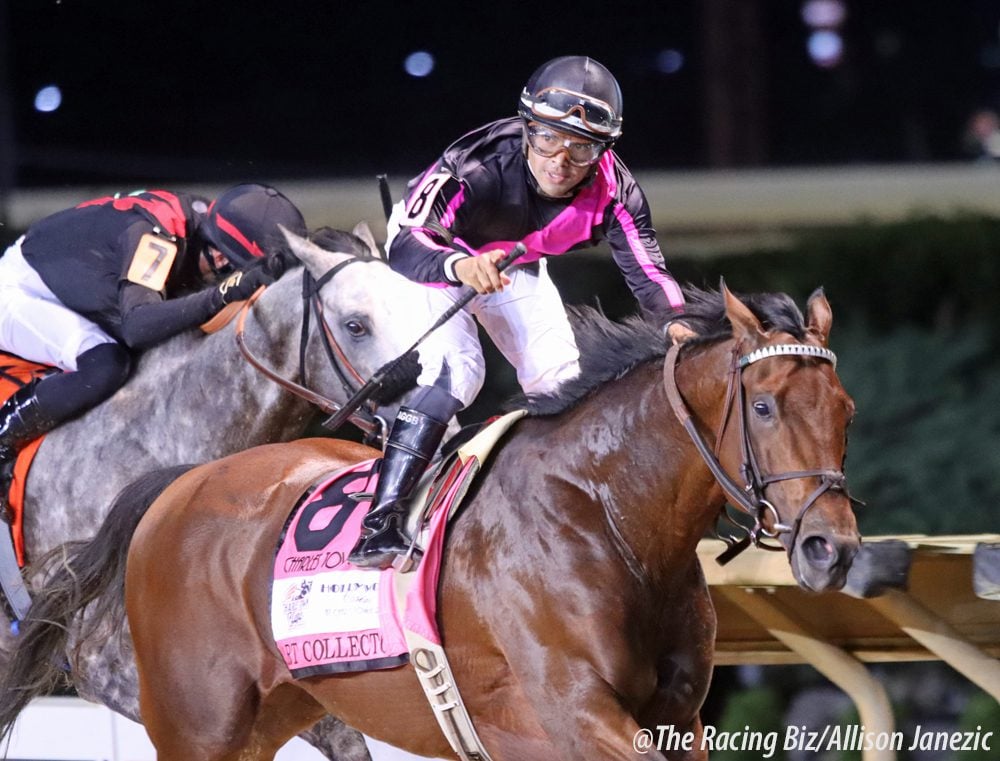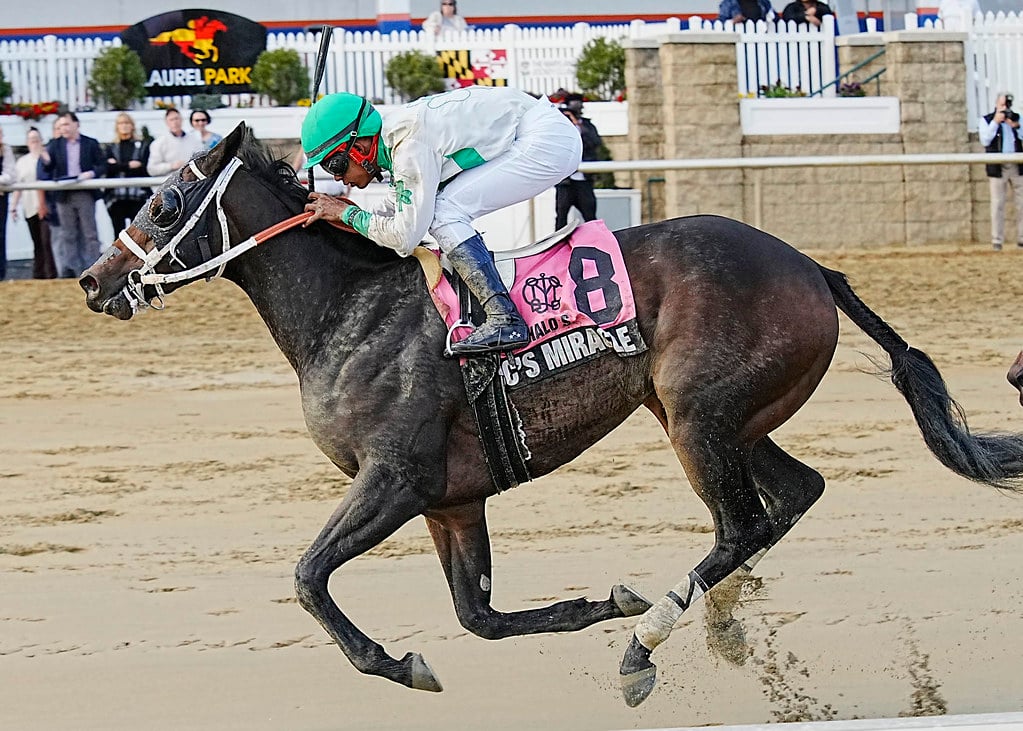[et_pb_section admin_label=”section”][et_pb_row admin_label=”Row”][et_pb_column type=”1_4″][et_pb_text admin_label=”Text” background_layout=”light” text_orientation=”left” use_border_color=”off” border_color=”#ffffff” border_style=”solid”] ![]() [/et_pb_text][/et_pb_column][et_pb_column type=”3_4″][et_pb_text admin_label=”Major advertisers” background_layout=”light” text_orientation=”left” use_border_color=”off” border_color=”#ffffff” border_style=”solid” module_id=”Major advertisers”]
[/et_pb_text][/et_pb_column][et_pb_column type=”3_4″][et_pb_text admin_label=”Major advertisers” background_layout=”light” text_orientation=”left” use_border_color=”off” border_color=”#ffffff” border_style=”solid” module_id=”Major advertisers”]
Homeboykris: an equine medical director could have helped reporters and the general public to understand better his Preakness day death. Photo by Jim McCue, Maryland Jockey Club.
by Frank Vespe
Legislation that would have created an equine medical director position in Maryland has been withdrawn, victim to the fast-moving chaos of the legislative session.
The bill, supporters decided, was “untimely,” as Maryland Jockey Club (MJC) president Sal Sinatra termed it. The MJC, Maryland Thoroughbred Horsemen’s Association, and Maryland Horse Breeders Association, as well as the state’s Standardbred interests, all were on board.
But the bill became untimely in the face of a proposal to take millions of dollars out of racing industry purses.
With the state facing a budget shortfall, Senate president Thomas V. Mike Miller (D) has, at the request of the administration of Gov. Larry Hogan (R), introduced a so-called Budget Reconciliation and Financing Act (BRFA), designed to close the budget gap.
[/et_pb_text][et_pb_text admin_label=”All advertisers” background_layout=”light” text_orientation=”left” use_border_color=”off” border_color=”#ffffff” border_style=”solid”]
One of the proposals in BRFA is to shift the cost of the state Racing Commission out of the general fund and into the racing industry’s Purse Dedication Account. That would shift more than $2 million – in fiscal year 2015, the Commission’s budget was about $2.05 million – onto the racing industry’s back.
“We thought [the equine medical director legislation] was complicated by BRFA, and we didn’t need that complication,” said Maryland Thoroughbred Horsemen’s Association (MTHA) general counsel Alan Foreman. “We have to deal with [BRFA] and nothing else.”
In addition to the cost shift for Commission expenses, BRFA proposes to eliminate the revenue the industry was to have received to support the return of the Maryland (originally, Washington, DC) International and to provide bonus funds for successful Maryland-bred Preakness runners.
It’s no surprise, then, that the racing industry is looking to avoid the budgeteer’s axe.
[/et_pb_text][et_pb_text admin_label=”Text” background_layout=”light” text_orientation=”left” use_border_color=”off” border_color=”#ffffff” border_style=”solid”]
[/et_pb_text][et_pb_text admin_label=”2nd part of story” background_layout=”light” text_orientation=”left” use_border_color=”off” border_color=”#ffffff” border_style=”solid”]
SLOTS FUNDING KEY TO INDUSTRY RENAISSANCE
“We’re working closely with other components of the industry to explain the importance of not cutting back on support at a time when we’re just coming back,” said Horse Breeders Association executive director Cricket Goodall. “We want to maintain the growth in the industry.”
That growth, Foreman points out, has led to an increase in racing days (up to 169 in 2017, including Laurel, Pimlico, and Timonium), the ongoing renovation of the Laurel Park backside, improvements to that track’s front side, and rising handle. And it’s seen the Maryland-bred foal crop rise from a low of 370 as recently as 2012 to 580 in 2015.
It could not, industry supporters argue, have occurred without state assistance, which leveled the playing field between Maryland and its nearby competitors. Racetracks and horsemen in Pennsylvania, Delaware, West Virginia, and New York all receive support via alternative gaming.
In Maryland, slots have provided an average of nearly $4.4 million per month to racing purses thus far in fiscal 2017. They have also kicked in nearly $4.5 million total in FY 2017 to the Racetrack Facilities Renewal Account, which provides reimbursement on a 50-50 cost share basis to the tracks for capital improvements.
Foreman said that the slots money helped the industry to come together to create the so-called 10-year deal, which sets the broad outlines of how racing is conducted in the state.
“We’re at the epicenter of a renaissance, which is based on the 10-year business plan, and we’re only three years into that plan,” he said. He added that it would be “contrary to the agreement and commitment we made with the state” for the state to start cutting the industry’s funding.
Sinatra agreed. “The industry is in a period of growth,” he said. To cut the funding, he said, “sets us back five years, and it takes the momentum away. It’s tough.”
He boiled the issue down to racing days. “Let’s say it’s $3 million [taken from the Purse Dedication Fund to support the Commission operation]. That’s 15 days of racing.”
And losing 15 days of live racing would set the industry back essentially to where it was when the current period of growth began.
Both Sinatra and Foreman rejected the notion that the industry should fund the Commission in the way proposed by BRFA.
For one thing, Sinatra pointed out that the industry’s contributions to the general fund exceed the costs of operating the Commission. Including items like uncashed parimutuels, the tax on betting, sales taxes on claimed horses, and others, the industry generated about $2.5 million in revenue for the state in FY 2015 – more than the Commission spent.
And Foreman argued that, while it might make sense for industries that self-regulate through the state – for example, barbers – to cover the costs of that regulation, horse racing was more akin to casino gambling than to those self-regulating industries.
“We are a regulated industry,” he said. “We don’t regulate ourselves, and therefore, we shouldn’t pay for that.”
EQUINE MEDICAL DIRECTOR REMAINS VITAL
All of which leads back to the original question: what about the equine medical director legislation?
Industry participants agree that finding a way to add such a position is important. The equine medical director, Foreman said, would be tasked with coordinating all facets of equine health, safety, and welfare.
The position would also be the state’s public face and voice on those issues, helping to formulate medication policy, representing Maryland at relevant industry events, working with horsemen to help them understand the shifting medication landscape – and speaking to the public at major events when tragedies or difficult situations occur.
One example of the latter circumstance, Sinatra said, occurred last Preakness day. That day, two horses died, Homeboykris suffering a heart attack after winning the first race and Pramedya breaking down during the fourth. Those became, to many in the mainstream media, the day’s major story; Maryland, with no equine medical director, had no one with the veterinary expertise and gravitas to help reporters or the public navigate the murky waters of what had happened.
In fact, Foreman said, Maryland is the only one of the Triple Crown states without an equine medical director.
Indeed, the issue is important enough that, though the legislative effort is dead for 2017, the industry may not wait for next year’s session to take action.
“We do support it,” said Sinatra, “so we’re going to look at alternatives to do it.”
One possibility, he said, would be for the constituent groups to fund and hire an equine medical director on their own. That approach has attractions: it would allow for the constituents to control costs and ensure the director’s accountability to racing interests.
But it also would open the industry to charges of self-dealing and allow outsiders to question the credibility of conclusions reached by a person paid by the industry itself.
As for BRFA, industry participants say they are working diligently to have racing protected in the final legislation and are optimistic they’ll be able to excise at least the provision funding the Commission out of the purse dedication moneys.
“I’m confident that leadership understands [our position],” Foreman said. “Why would you stop the momentum?”
[su_box title=”HELP FIGHT FOR RACING” style=”glass”]
[/su_box]
[/et_pb_text][et_pb_text admin_label=”Minor advertisers” background_layout=”light” text_orientation=”left” use_border_color=”off” border_color=”#ffffff” border_style=”solid”]


